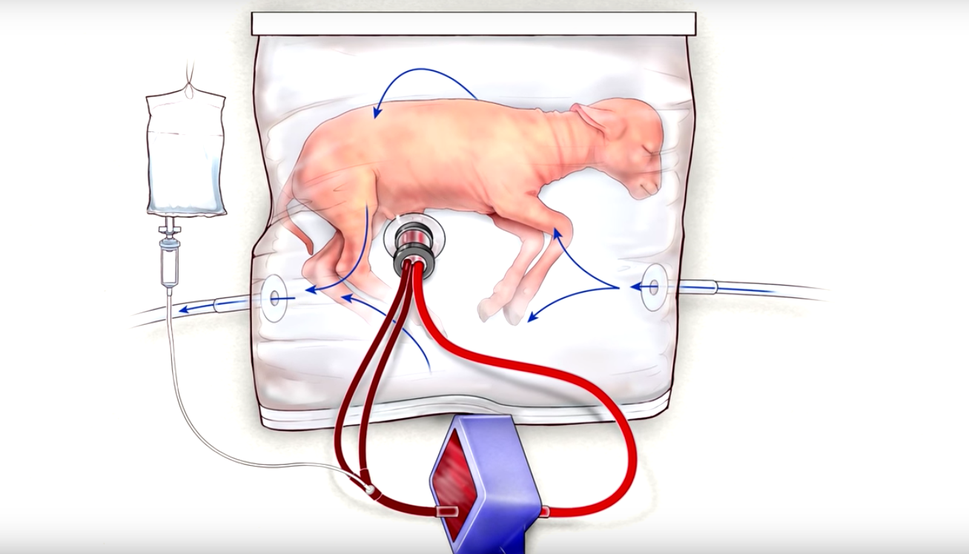ARTIFICIAL WOMBS: FICTION TURNED FUTURE

 BY SHERRY LUO – Over the years, we have artificially recreated parts and functions of the human body. Limb prosthetics have been used throughout history.
BY SHERRY LUO – Over the years, we have artificially recreated parts and functions of the human body. Limb prosthetics have been used throughout history.
Pacemakers help our hearts beat regularly. Mechanical ventilators can move air into and out of our lungs. The list of medical innovations and inventions is endless. These artificial means apply to those who have exited the womb, but what about devices for premature babies?
The World Health Organization states that approximately 15 million babies are born prematurely every year, a million of who die of complications that stem from preterm birth. Ninety percent of them survive with severe complications. One of the main problems is that preemies are born with underdeveloped lungs and brains. The chances of survival for babies born at 26 weeks are fifty percent; any earlier than that and their chances drop significantly. Preterm birth rates are increasing in every country, and while postnatal treatment and therapy exist, there are no current methods for prenatal treatment.
In 2017, scientists at the Children’s Hospital of Philadelphia successfully created an “artificial womb.” They used premature lamb fetuses that were developmentally equivalent to 23-week-old fetuses as their models. With this device, the lamb fetuses were able to develop normally for a month. The fetal lamb is inside a clear, plastic bag that is filled with amniotic fluid. Attached to the bag and the lamb’s umbilical cord is a machine that functions as a placenta. This “biobag” is meant to recreate all the conditions a fetus would experience inside a mother’s womb. The scientists at the head of this study have even gone so far as to keep the lamb fetuses in a dark, warm room and play sounds of a mother’s heartbeat for them. Videos of these lambs in their artificial wombs are available online. The eight lambs in this study spent a month inside these bags before the researchers euthanized them to study the developmental effects of being inside the bag. The researchers developed a particular fondness for one of the lambs and donated it to a farm after it was healthily “born.” The researchers emphasize that the purpose of this study, however, was not to study long-term survival but fetal development. While this is not the first time an artificial womb has been created or tested, this is the first time it has been this successful; previously, in a very similar Japanese study in 1996, researchers ran into circulatory problems.
The group in charge of this study hopes to test this device on extremely premature babies (born between 23 and 26 weeks) within three to five years. This artificial womb has the potential to decrease preterm death rates, but this may not be an ethically sound method. Researchers have made it very clear that this device, if approved for human testing, will not be used on infants prior to 23 weeks as they are too delicate and negative outcomes are more likely to occur. There is no guarantee of success that this device will work on human babies, and it could potentially cause a great deal of stress and discomfort for them when a peaceful death may be preferable. Scientists are concerned about what this device will mean for the blurry line between fetus and baby, a point of serious contention in abortion debates, and whether or not this kind of technology might bring our society a step closer to a science-fiction universe, one that is not far off from Gattaca or Aldous Huxley’s oft-cited Brave New World. Artificial wombs also have multiple implications in issues such as maternity leave and abortion.
Artificial wombs could save the lives of many premature babies to come, but the future of this technology is unclear as it affects not only the babies, but also parents, ethics committees, and physician decision-making.
